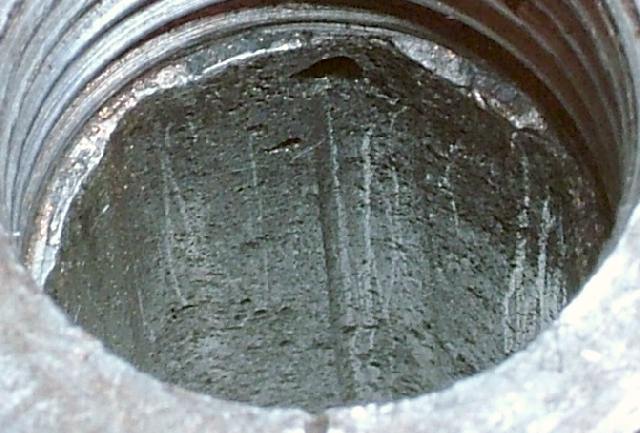The Suggestion to have liners put into the barrels is a very good one, IMHO. Modern Steel liners will take the relatively low pressure of today's BP shotgun loads, while leaving the original Damascus pattern on the outside of the barrel undisturbed. Mr. Hoyt does excellent work with installing liners, BTW. I just examined a rifle my brother owns that has been lined by Bobby Hoyt, after the old iron began to peel off strips of lead from the lands in the barrel.
That is another problem with some of the old guns- metal fatigue. Even after years of storage- as opposed to hard use--- you can't expect that old iron or early steel to continue to hold up. Smoothbores don't have the same problem as rifles, but old metal is still old metal. The thickness of the barrel at the breech is NO assurance that the metal is strong.
A Friend of mine restored a family Heirloom L.C. Smith shotgun, that originally had damascus barrels, by having the late Oscar Gaddy make new barrels and liners that fit inside the first 4 inches of the barrel at the breech. Oscar told me that it was the most difficult work he has ever done, and he had no intention of ever doing that kind of job again. I saw the gun shoot, and handled it. It was front heavy- a duck gun--- but it matched the balance and weight of the original gun, according to the owner.
More important to the owner, he now had an heirloom that could be passed on down to his son, years from now. After he has years of shooting with his grandfather's gun, knowing that the gun is safe to shoot, it will be safe to shoot when his son gets the gun.






